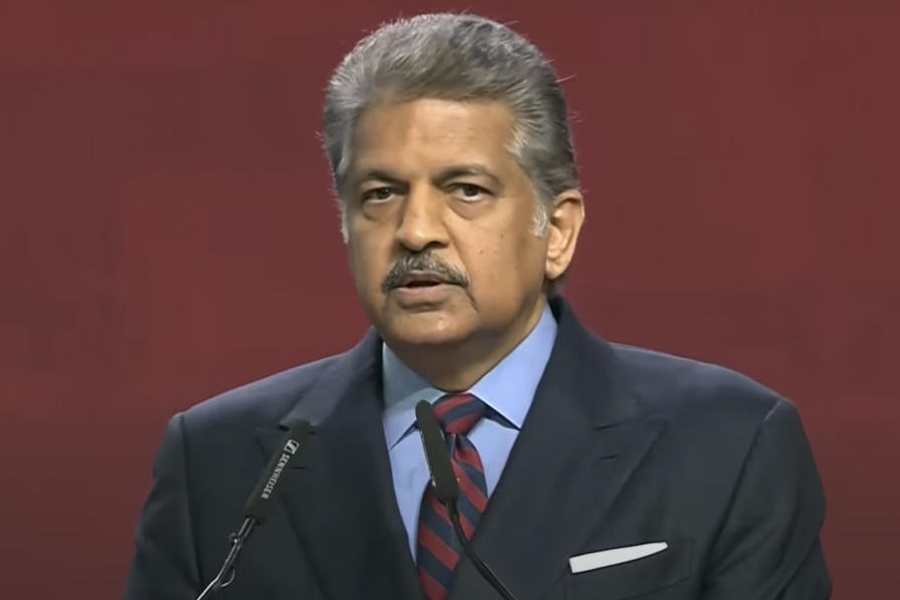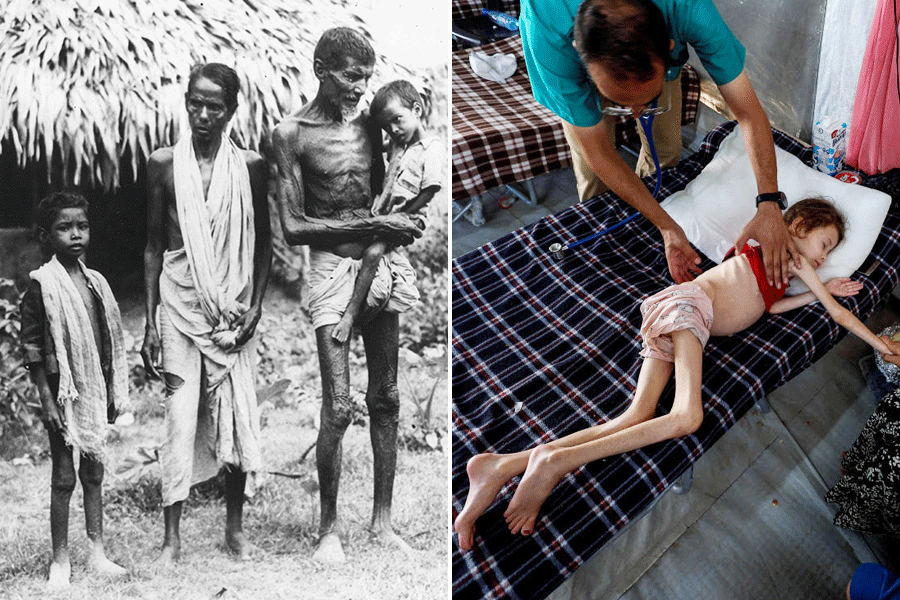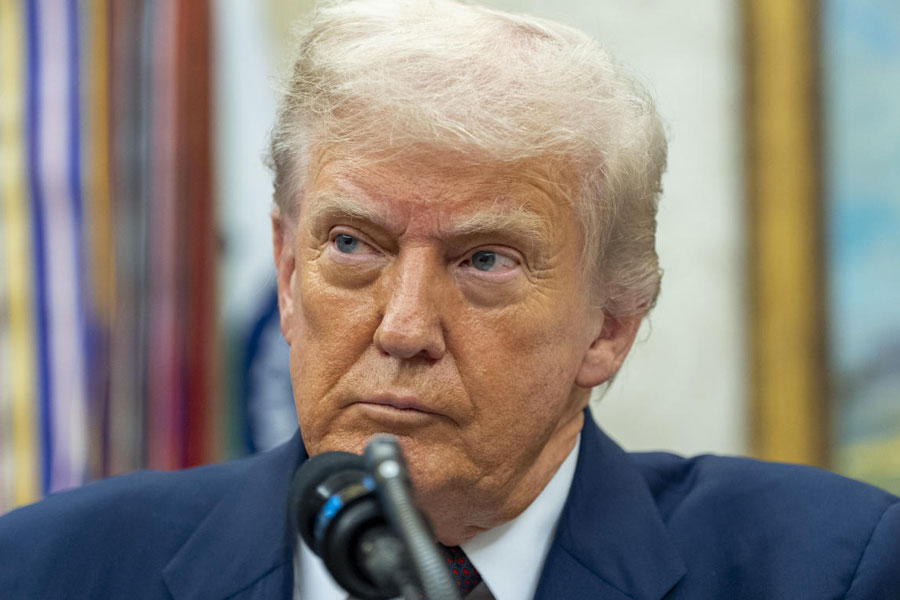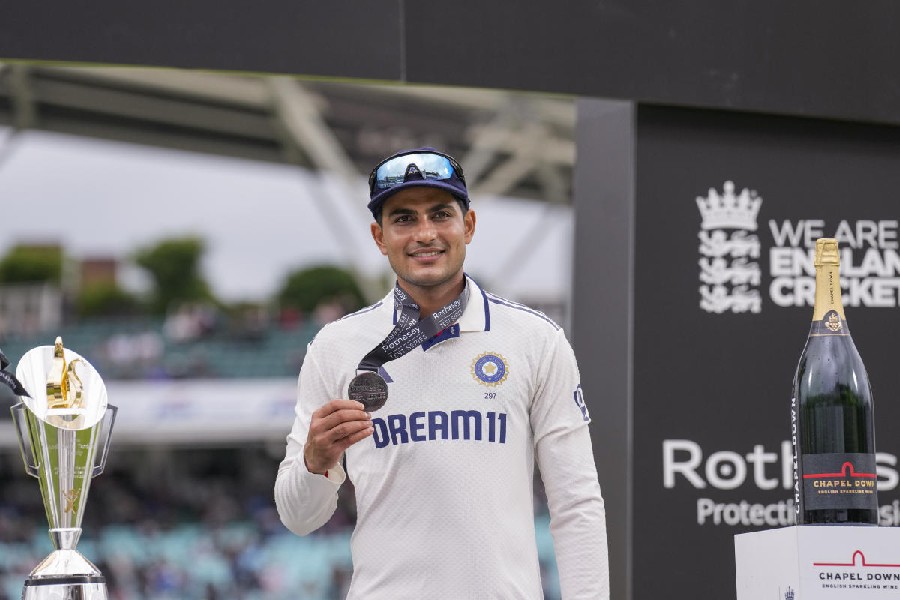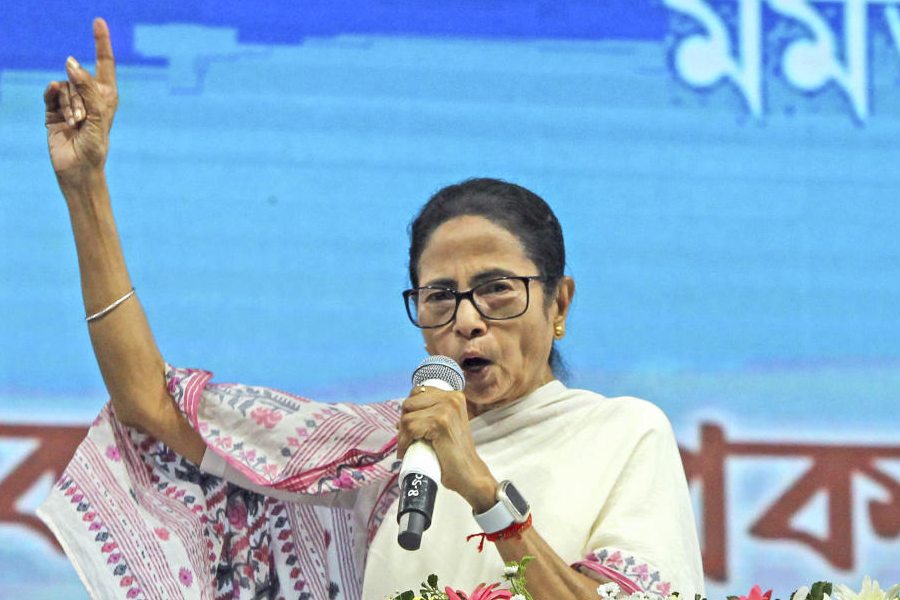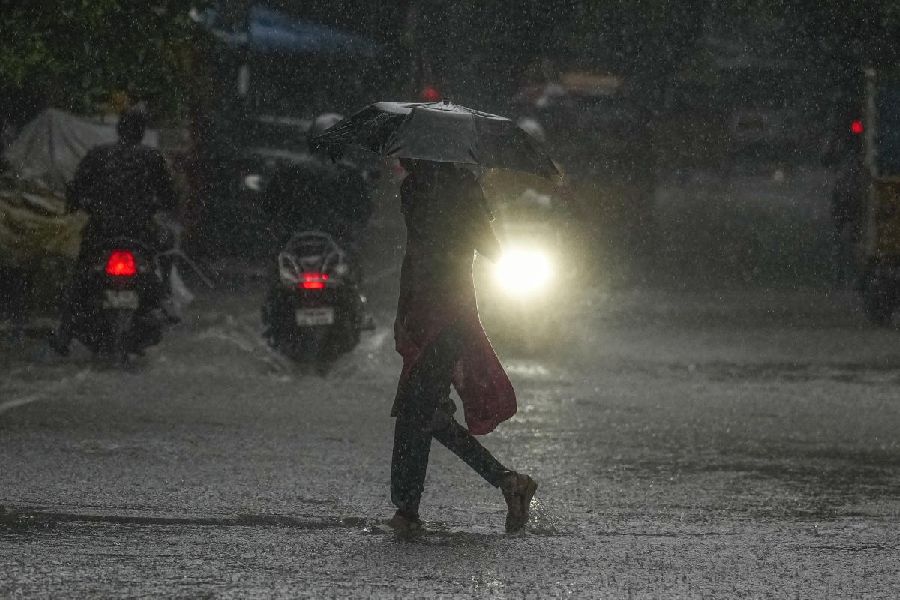
What is most reassuring about Rima Hooja's Rajasthani Stories Retold is that the 179-page volume does exactly what the title describes: it retells stories. The old Rajasthan of Rajput heroism is at the moment one vehicle of the strained nationalism India's ruling party is trying to stuff down people's gullets. Its so-called experts are rewriting history by saying that Rana Pratap won the battle of Haldighati, while its militant campaigners are trying to strangle the shooting of the film, Padmavati, in the belief that it will show the queen, Padmini, in an amorous scene with her would-be Muslim abductor, Alauddin Khilji.
This tradition, though, is not new, only the ignorance and coercion are. Hooja is not just refreshingly free of contemporary politics in her project to retell, simply, the stories of bravery, intrigue, loyalty, treachery and rapid events that she has always loved, she is also free of an older tradition inaugurated by James Tod. The glories of warlike Rajputs described in his Annals and Antiquities of Rajasthan in the early 19th century inspired Indian writers, especially in Bengal, to extol the honour and endurance of 'native princes' pitted against 'foreign invaders', the Mughals, in stories, poems and plays, to recover India's glorious past in degrading colonial times.
Hooja's nine stories, she says in her introduction, are presented as "a window to the historical past of Rajasthan". Her themes are, somewhat inevitably, "heroism, the self and the State", duty, "sacrifice, warfare and the human spirit, and the world the warriors of Rajasthan belonged to". The most agonizing story of sacrifice is that of Manek, nurse to the little prince of Sirohi, Akheyraj, which heads the collection. Although two or three of the stories tend to sound a little like chronicles, because eventful history tends to overtake the story-tellling, her characters in most tales stand out in firm outlines. One of the most striking accounts of pride, fealty and honesty is "Battle honours", where the 15-year-old prince of Bundi, Aniruddha, meets Aurangzeb at the end of a battle in which the youth's skill and courage had helped the Mughal side win. The ensuing dialogue is one of the best things Hooja has done. So is her account of Raja Dwarka Das Shekhawat, the chief of Khandela, pitted against a tiger at the wish of the Mughal emperor.
The story-teller chooses various locations, Bundi, Kota, Khandela, Janglu, Arbuda and others, almost as though she is deliberately avoiding the most popular ones, Chittor, say, or Mewar. The hero most glorified in literature, Rana Pratap, is absent. The notes at the end of each story fill in the historical context and gradually build up a picture of a land teeming with clans extraordinarily skilled in war, fighting for or against one another, often with honour and as often with trickery. Infelicities of language are few, "inacceptable" and "causative factors" being among the rare examples. The most noticeable quality of the language is its lack of excitability. For a book full of wars and intrigues, the effect is soothing, like tales told in childhood.


